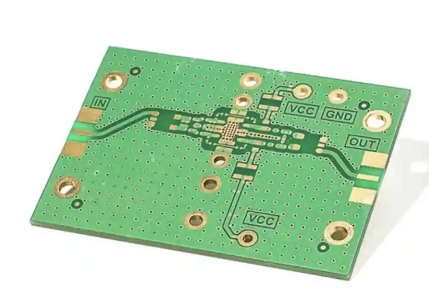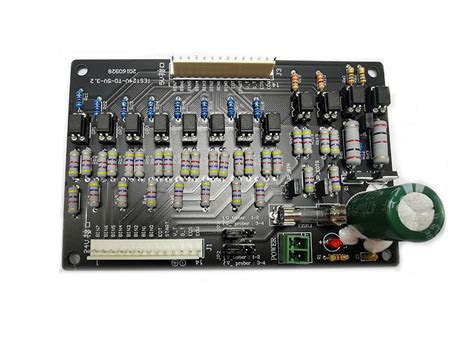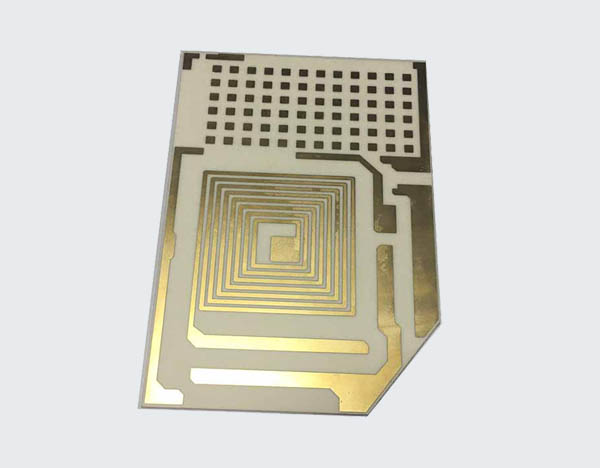Optimizing PCB Board House Choices: Cost vs Efficiency
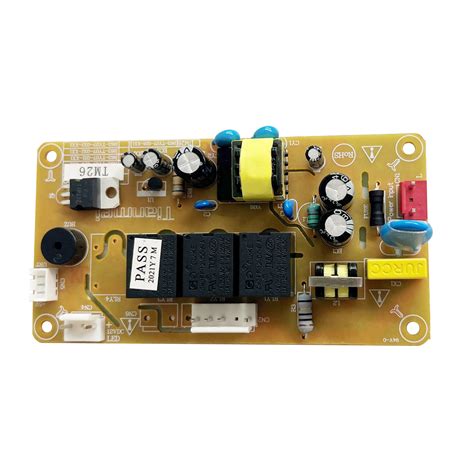
Key Takeaways
When selecting a PCB manufacturing partner, balancing PCB manufacturing cost with operational efficiency requires careful evaluation. Prioritize transparency in pricing structures—factors like material grades, layer counts, and turnaround times directly impact budgets. For medium-complexity projects, design intricacies (e.g., impedance control or tight tolerances) often escalate costs if not aligned with a supplier’s capabilities.
Scaling from prototypes to bulk orders? Verify whether PCB manufacturing companies offer volume-based discounts or streamlined processes to reduce per-unit expenses. While international suppliers may promise lower upfront costs, factor in logistical delays or hidden fees. Conversely, domestic PCB manufacturing business partners might provide faster turnaround and easier collaboration on design-for-manufacturability (DFM) adjustments.
Always assess certifications (https://www.andwinpcba.com) to compare regional pricing trends. Remember, the cheapest option risks compromising quality, while over-engineering inflates budgets unnecessarily. Strike a balance by aligning your project’s technical demands with a supplier’s proven expertise in your specific niche.
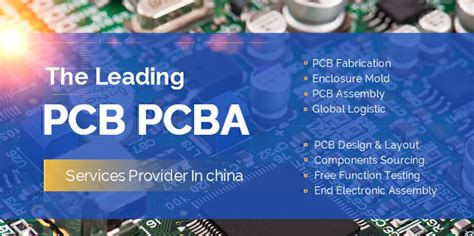
PCB Board House Cost Factors
When evaluating PCB manufacturing costs, you’ll encounter variables that directly impact your budget. Material selection—such as FR-4, Rogers, or flexible substrates—affects pricing, as do copper weight and surface finishes like HASL or ENIG. Layer count and board dimensions also play pivotal roles: a 4-layer design might cost 30–50% more than a 2-layer equivalent, while oversized panels can increase waste and expenses.
PCB manufacturing companies often tier pricing based on order volume. Prototypes typically carry higher per-unit fees due to setup costs, but bulk orders (1,000+ units) unlock economies of scale. For example:
| Factor | Prototype (10 units) | Bulk (1,000 units) |
|---|---|---|
| Cost per board | $45–$75 | $8–$15 |
| Lead time | 5–7 days | 10–15 days |
Geographic location further influences expenses. While international PCB manufacturing businesses in Asia may offer lower base rates, hidden costs like tariffs, shipping delays, or quality inconsistencies can erode savings. Domestic suppliers, though pricier upfront, often provide faster turnaround and easier collaboration for design adjustments.
To optimize PCB manufacturing cost, prioritize Design for Manufacturability (DFM) reviews. Simplifying trace widths, avoiding unnecessary vias, and standardizing hole sizes can reduce production complexity. Partnering with a PCB manufacturing company that offers transparent breakdowns of material, labor, and overhead fees ensures you’re not overpaying for features your project doesn’t require.
Medium-Complexity Build Challenges
When navigating PCB manufacturing for medium-complexity designs, you’re often caught between balancing technical precision and budget constraints. Unlike simple boards, these builds typically involve 4-8 layers, mixed-signal components, or tighter tolerances—factors that directly influence PCB manufacturing cost. Choosing the right PCB manufacturing companies becomes critical here, as not all suppliers specialize in mid-range projects. For instance, material selection (e.g., FR-4 vs. high-frequency laminates) can impact both performance and expenses, while design revisions due to poor DFM (Design for Manufacturability) feedback may delay timelines.
A common pitfall is underestimating how scaling inefficiencies affect per-unit pricing during prototype phases. Some PCB manufacturing business partners offer tiered pricing models, but hidden fees for panelization or impedance testing can erode savings. To avoid this, prioritize vendors with transparent quoting tools and proven expertise in mid-volume production. Additionally, collaborative DFM reviews help identify cost drivers early—like unnecessary via-in-pad structures or oversized trace widths—without compromising reliability.
Finally, consider how geographic logistics influence lead times. While domestic PCB manufacturing might offer faster turnaround, international suppliers could reduce PCB manufacturing cost by 15-30% for batches exceeding 100 units. However, this trade-off requires rigorous quality audits to mitigate risks like inconsistent solder mask application or misaligned layers. By aligning your technical requirements with supplier capabilities, you streamline the balance between efficiency and affordability.
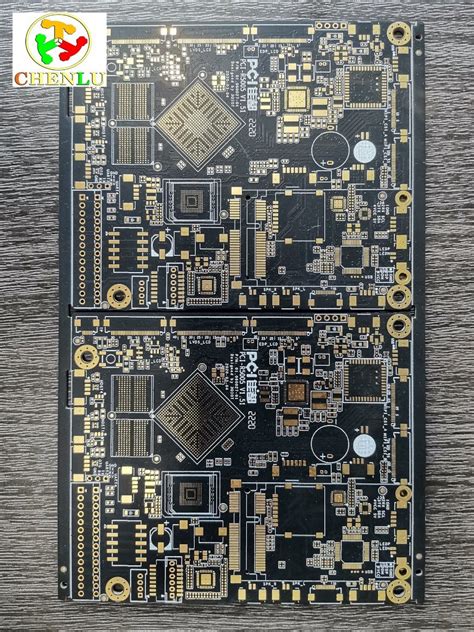
Prototype to Bulk PCB Scaling
When transitioning from prototype to bulk production in PCB manufacturing, understanding how PCB manufacturing cost scales with volume becomes critical. While prototypes prioritize flexibility and rapid iteration, bulk orders demand tighter cost controls and optimized processes. Volume discounts from PCB manufacturing companies often reduce per-unit expenses, but hidden factors like tooling adjustments, material sourcing, and testing protocols can offset savings if unmanaged.
To balance efficiency, evaluate whether your design aligns with standard panelization practices used by most PCB manufacturing business providers. Non-standard layouts may require custom tooling, increasing upfront costs. Partnering with suppliers that offer scalable pricing tiers ensures predictable budgeting as order quantities grow. For example, some manufacturers reduce PCB manufacturing cost by 15–30% when orders exceed 1,000 units, provided your design adheres to their DFM guidelines.
However, scaling internationally introduces trade-offs. While overseas PCB manufacturing companies might offer lower base rates, longer lead times and shipping complexities could delay time-to-market. Conversely, domestic suppliers often provide faster turnaround and easier collaboration, which becomes invaluable when refining designs mid-production. Always cross-verify bulk quotes for inclusions like testing fees or minimum order commitments—these details determine whether a PCB manufacturing partner truly supports seamless scaling.

US vs International PCB Suppliers
When selecting PCB manufacturing companies, geographic location significantly impacts both PCB manufacturing cost and operational efficiency. Domestic suppliers in the US often provide faster turnaround times—critical for prototyping or urgent revisions—and reduce logistical risks like customs delays. However, lead times and tariffs can inflate expenses, especially for medium-complexity builds requiring specialized materials. International partners, particularly in Asia, frequently offer lower PCB manufacturing rates due to scaled operations and reduced labor costs, making them attractive for bulk orders. Yet, communication barriers and quality consistency may introduce hidden challenges, such as extended revision cycles or compliance mismatches.
Balancing these factors requires evaluating your PCB manufacturing business needs. For low-volume, high-precision projects, US-based suppliers might justify higher costs through tighter design collaboration and IP protection. Conversely, international options excel in cost-sensitive, high-volume production but demand rigorous vetting of certifications and quality controls. Transitioning between prototype and bulk phases? Consider hybrid approaches: domestic partners for initial iterations, then shifting to overseas manufacturers once designs stabilize. This strategy optimizes both PCB manufacturing cost and scalability while mitigating risks tied to geographic dependencies.
DFM Collaboration Benefits Explained
When working with PCB manufacturing companies, early collaboration on Design for Manufacturability (DFM) can significantly streamline your production process. By involving your supplier’s engineering team during the design phase, you gain insights into material selection, layer stack-up optimization, and tolerance adjustments that reduce PCB manufacturing costs while maintaining quality. For instance, minor tweaks to trace widths or pad sizes—suggested by experienced manufacturers—can prevent costly reworks or delays in high-volume runs.
Tip: Always request a DFM report before finalizing your design. This document highlights potential fabrication issues, such as mismatched annular rings or insufficient spacing, allowing you to address them proactively.
Collaborative DFM also bridges gaps between your design intent and the realities of PCB manufacturing. International suppliers might offer lower per-unit rates, but local PCB manufacturing businesses often provide faster feedback loops for iterative improvements. This balance is critical when scaling from prototypes to bulk orders, where even a 10% reduction in material waste translates to measurable savings.
By treating your manufacturer as a partner rather than a vendor, you unlock efficiencies that benefit both PCB manufacturing cost structures and time-to-market goals. Transparent communication about your project’s technical requirements ensures alignment, whether you prioritize cost savings, rapid turnaround, or specialized capabilities like high-density interconnects.

PCB Supplier Selection Criteria
When evaluating PCB manufacturing companies, prioritize technical expertise that aligns with your project’s complexity. Look for suppliers with proven experience in medium-complexity builds—those requiring 4-6 layers or mixed materials—to avoid costly redesigns. PCB manufacturing cost isn’t just about upfront pricing; assess hidden expenses like tooling fees, minimum order quantities (MOQs), or rework charges. For example, some providers offer lower per-unit rates but impose steep setup fees, which can erode savings in small batches.
Communication efficiency is critical. Partner with PCB manufacturing business partners who provide real-time updates on design for manufacturability (DFM) feedback, reducing iteration cycles. Verify certifications (e.g., ISO 9001, IPC-A-600) to ensure compliance with your industry’s quality standards. If scaling from prototypes to bulk orders, confirm their capacity to handle volume shifts without compromising turnaround times.
Equally important is geographic flexibility. While US-based suppliers may simplify logistics, international manufacturers often balance PCB manufacturing cost and lead times for high-volume runs. Cross-reference their track record using third-party reviews or case studies to mitigate risks.
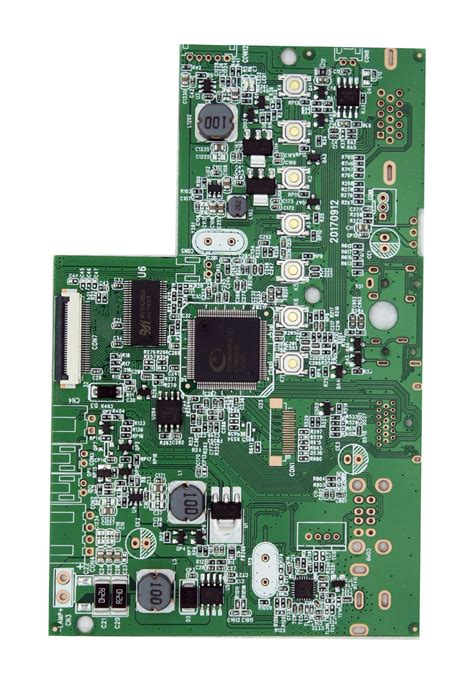
Case Studies: PCB Cost Efficiency
When evaluating PCB manufacturing partners, real-world examples reveal how balancing prototype flexibility and bulk-scale optimization impacts outcomes. Consider two contrasting scenarios: a startup developing IoT devices partnered with a mid-sized PCB manufacturing company specializing in low-volume, high-mix production. By leveraging DFM collaboration, they reduced PCB manufacturing costs by 22% through panelization adjustments and material substitutions, without compromising signal integrity.
In another case, an automotive supplier scaling to 50,000 units shifted from a U.S.-based PCB manufacturing business to an overseas partner. While initial unit costs dropped by 35%, hidden expenses like extended lead times and quality rework eroded 15% of projected savings. This underscores why comparing US vs international PCB suppliers requires analyzing total cost of ownership, not just per-board pricing.
For medium-complexity designs, hybrid approaches often yield the best results. One medical device team split orders: prototypes with a domestic manufacturer for rapid iterations, then bulk production overseas. This strategy cut development timelines by 30% while maintaining margins. The key takeaway? Align your PCB manufacturing strategy with both short-term agility and long-term scalability.
User Tips for PCB House Choices
When selecting a PCB manufacturing partner, prioritize aligning their capabilities with your project’s technical and budgetary needs. Start by verifying if PCB manufacturing companies specialize in your required complexity level—some excel in high-density designs, while others focus on cost-effective, medium-complexity builds. Always request design-for-manufacturability (DFM) feedback early; this collaboration can reveal optimizations to reduce PCB manufacturing cost without sacrificing reliability. For prototyping phases, consider suppliers offering low minimum order quantities (MOQs), but confirm their ability to scale seamlessly to bulk production.
Critically, compare regional trade-offs: domestic suppliers may offer faster turnaround and easier communication, while international partners often provide lower PCB manufacturing business expenses. Scrutinize certifications like ISO 9001 or UL listings to ensure quality compliance. Finally, review customer support responsiveness—delayed clarifications during fabrication can derail timelines. By balancing these factors, you’ll minimize risks while maintaining efficiency across your product’s lifecycle.
Conclusion
Selecting the right PCB manufacturing partner ultimately hinges on balancing technical requirements with PCB manufacturing cost considerations. When comparing PCB manufacturing companies, prioritize those that align with your project’s complexity and scalability needs—whether you’re iterating prototypes or transitioning to bulk production. Domestic suppliers often offer faster turnaround and stricter quality control, while international providers may reduce expenses for high-volume orders.
A critical yet often overlooked factor is fostering collaborative relationships with your PCB manufacturing business partner. Early design-for-manufacturability (DFM) discussions can prevent costly redesigns and streamline production timelines. For medium-complexity builds, this proactive approach ensures cost predictability without sacrificing performance.
Finally, evaluate suppliers through a dual lens: long-term reliability and adaptability to shifting demands. Whether prioritizing speed, budget, or technical support, your choice should reflect both immediate project goals and future scalability. By methodically weighing these factors, you position your venture to thrive in competitive markets while maintaining control over PCB manufacturing outcomes.
Frequently Asked Questions
How do PCB manufacturing costs vary between prototype and bulk orders?
Prototype runs typically incur higher per-unit costs due to setup fees and minimum order quantities. However, bulk orders with PCB manufacturing companies often reduce per-board expenses through economies of scale, especially for medium-complexity designs.
What criteria should I prioritize when selecting PCB manufacturing companies?
Focus on design-for-manufacturability (DFM) support, turnaround times, and certifications (e.g., ISO, UL). For cost-sensitive projects, compare material sourcing strategies between US and international suppliers to balance PCB manufacturing cost and quality.
Can international PCB manufacturing partners match US-based quality standards?
Many overseas providers now meet IPC-A-600 benchmarks, but lead times and import duties may offset savings. Always request sample batches before committing to a PCB manufacturing business partnership for bulk orders.
How can I reduce PCB manufacturing cost without sacrificing reliability?
Optimize panelization to minimize material waste, standardize layer counts, and avoid over-specifying finishes. Collaborate early with your manufacturer to align design choices with their PCB manufacturing capabilities.
What risks arise when scaling from prototypes to bulk PCB manufacturing?
Inconsistent material batches or process variations can cause performance discrepancies. Mitigate this by locking specifications with your supplier and conducting rigorous pre-production testing.
Ready to Optimize Your PCB Production?
Please click here to explore tailored PCB manufacturing solutions that balance cost and efficiency for your project: https://www.andwinpcb.com/pcb-manufacturing/.



